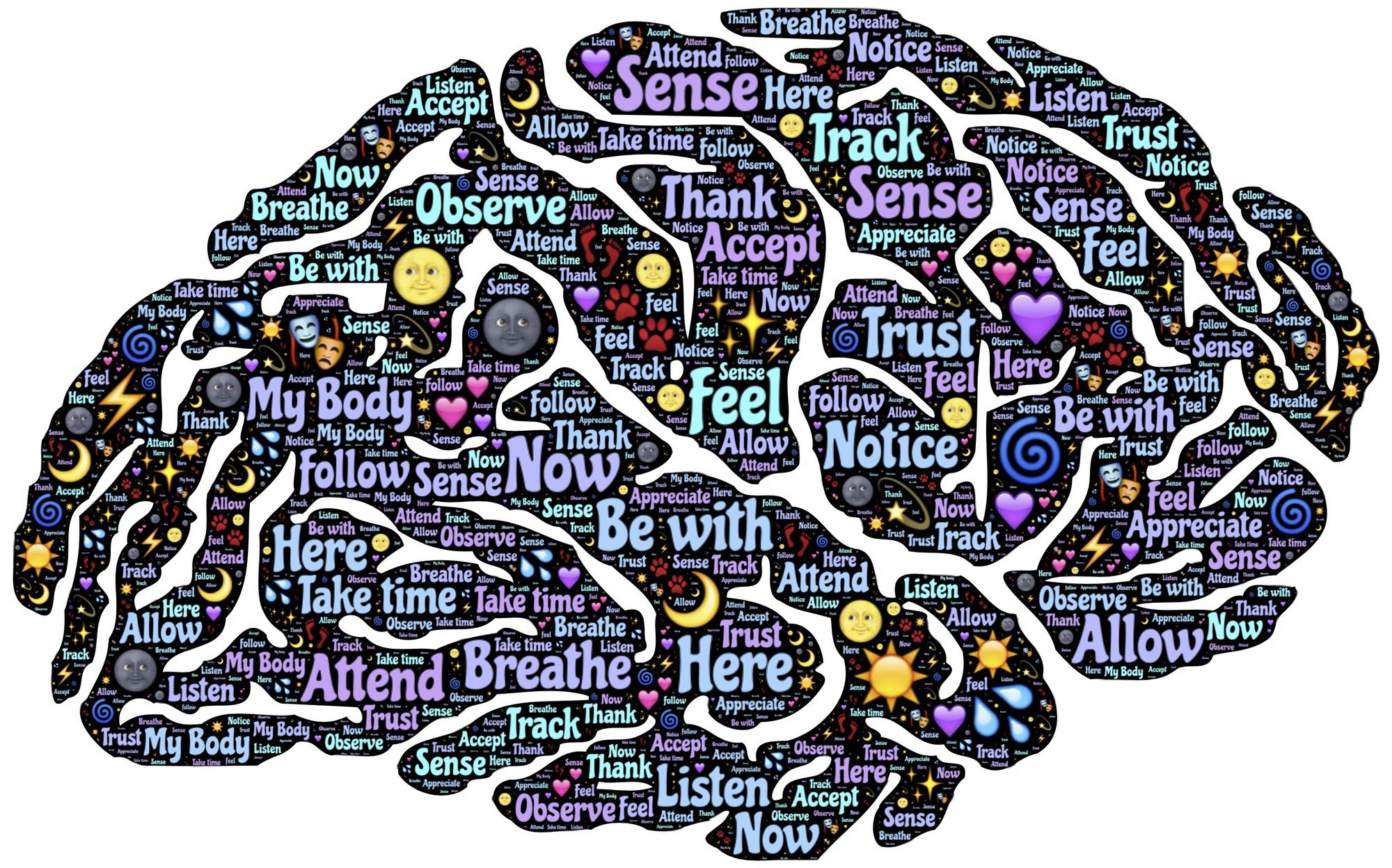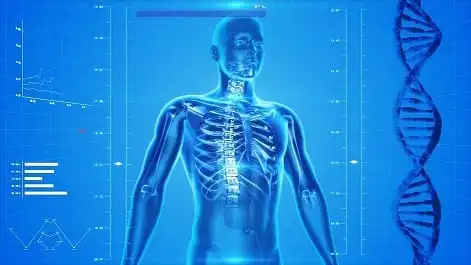How is AI helping paralyzed patients
AI has the capability of analyzing patient data and predicting outcomes. It obtains patient insights quickly and identifies crucial areas of patient care that need to be improved. Wearable healthcare technology also employs artificial intelligence to better assist people with disabilities.
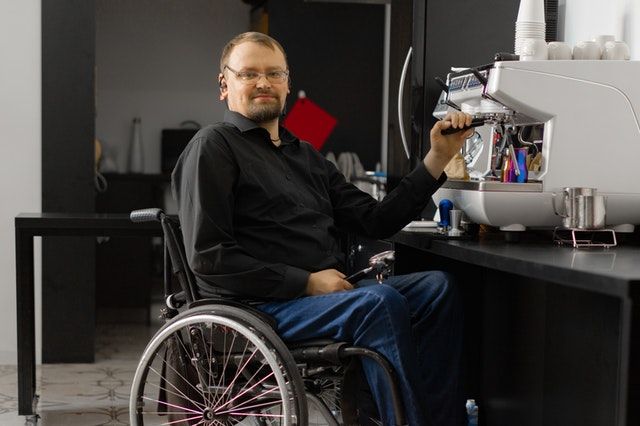
Unfortunately, the human body cannot regenerate damaged or affected nerves. After a severe spinal cord injury, the muscles become deprived of the brain's electrical commands; it leads to paralysis of that body part. The National Spinal Cord Injury Statistical Center reported that about 291,000 people are suffering from spinal cord injury in the US, and per year, about 17000 new cases are reported. Over 30% of these severe injuries lead to tetraplegia, quadriplegia, or paraplegia. While 2.8 million people are suffering from traumatic brain injury in the US, causing hearing loss, vestibular, and central brain issues. According to Christopher & Dena Reeve Foundation report in 2013, nearly 1 of 50 people (5.4 million) in the US live with paralysis.
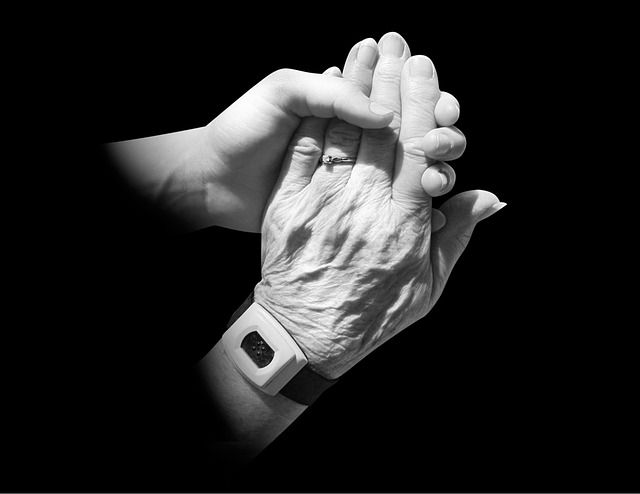
1. AI-Powered Implant to A Mentally Paralyzed Man to Speak Again
The researchers at the University of California Francisco (UCFS) have focused on AI to help paralyzed man communicate by converting his brain thinking to computer-generated writing. The New England Journal of Medicine published this study; in 2003, a 20-year-old man underwent a brain stroke in a car accident. It left him with only eye movement and most minor head movement. Further, his damaged muscles in the vocal tract make him not able to speak. The man gained partial speaking ability eighteen years later after implementing an array of electrodes via speak AI.
PROCEDURE: Scientists performed three-hour-long surgery to open his skull, and on the tops of his sensorimotor cortex, they implanted an array of 128 electrodes responsible for speech processing. They were not sure if his brain retained neural activity with speech. After it, they connected those electrodes externally with a port that finally joined with a computer through a detachable cable for brain signal conversion. The New York Times gave him a Pancho nickname. A question was displayed for him that resulted in his brain communication center activation, and the electrodes recorded those signals.
Scientists trained a deep learning model to understand the neural patterns of man Panchoand match them to the intended words. He communicated beyond “yes” and “no," for instance, "bring my glasses, please" and “they are going outside.” The algorithm was imperfect and unable to interpret correctly; hence, they tried another algorithm modeled on natural language. This AI uses the rules of language to predict and decode sentences. These models successfully decoded 75% of Pencho’s words rightly.
EFFICIENCY: Currently, he is limited to a vocabulary of only 50 words and can speak 15 to 18 words per minute that are much lower than the typical conversational rate of 125 to 150 words per minute. But the researchers are optimistic about making this model more accurate, quick, and wireless in the future.

2. AI-Powered Implants to Transfer Thoughts into Text
People who are entirely paralyzed due to neurological diseases or strokes have trouble communicating with others. Hence, implanted electrodes in the brain (responsible for motion) allow paralyzed patients to select onscreen letters and move a cursor with their thoughts. Artificial intelligence allowed them to type 39 characters per minute that’s still much slower (three times) than natural handwriting speed.
A man got spinal cord injury in 2007 and paralyzed from the neck down, unable to move his arms for writing letters. Thanks, the brain implant system trained a computer model to translate his imaginary new handwriting into the actual text. BCI(Brain-Computer Interface), part of extensive research collaboration (BrainGate), uses artificial intelligence to interpret signals generated by neural activity during handwriting. T5 represented a man who was 65-year-old at the time of research and unable to write with his hands. His limbs were paralyzed entirely for many years.
PROCEDURE: Scientists implanted two small arrays of sensors (handwriting dataset) under his brain surface to detect signals from about 100 neurons. Nature reported that the man was asked to concentrate while writing letters on imaginary paper with an imaginary pen. The researchers trained a computer model (artificial neural network) to interpret the information, trace the intended route of his imagined pen edge to create actual letters. The team said that the sensors might not target the same neurons as millions of neurons are involved in hand movement, but with 200 neurons monitoring, enough clues can be gathered to build an efficient brain signal interpreter.
EFFICIENCY: The researchers reported in the Society for Neuroscience annual meeting that the neural electrode network worked with roughly 95% accuracy at a speed of about 66 characters per minute. They are hopeful of increasing speed as they refine the technology.
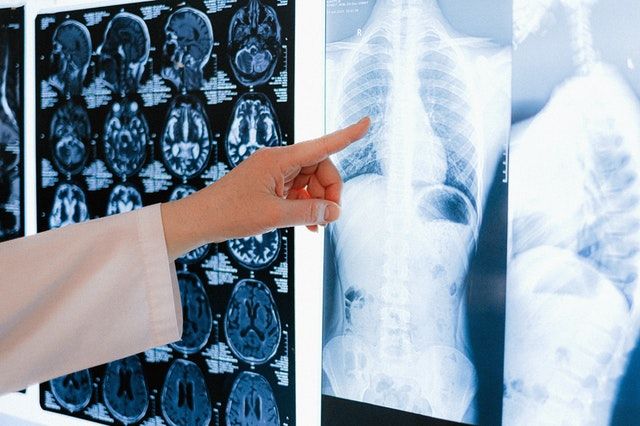
3. Wearable Robots Helping Paralyzed People to Walk
According to the Exoskeleton Industry 2019 Global Market Research Report, the medical industry approved the usage of walking devices for people with paraplegia. It enhanced the confidence of researchers and engineers to make more investment in the research and manufacturing of exoskeleton suit for paraplegics globally. ReWalk got clearance from FDA for its ReStore exosuit system. It is the first and only exosuit which received FDA approval.
Julio Caro fell from 18 ft height when he was 22 while working as a steelworker in California. It left him not to walk by injuring his spinal cord and breaking his back at two points.
PROCEDURE: The user can control ReWalk exoskeleton via a wristwatch and reacts to sensors (found on the torso). Consequently, it detects the patient tilts and moves the feet accordingly. He attended five physical therapy sessions of less than 20 hours and started walking again. According to Welsh, 70% of people who got a nerve stroke completely lose their walking capability.
Cyberdyne developed their exoskeleton, namely HAL(Hybrid Assisted Limbs), used at Brooke Rehabilitation Center. Its working is based on suer's intentions. HAL is an exo-suit attached to the leg muscles with small electrodes. The electrodes pick up the signals coming from the patient’s brain and transmit them to the robot. Its moves follow the signals received from the brain. So, a patient moves in a similar direction about which he is thinking in his mind.
Ekso NR is another similar technology used by over 300 hospitals, according to the Ekso CEO, Jack Peurach. The team worked to teach stroke patients how to walk again, so they don’t need to rely on external devices for long.
EFFICIENCY: Cost is the central issue in the common application of exoskeletons. Every robot should be developed according to the customized needs of a patient.
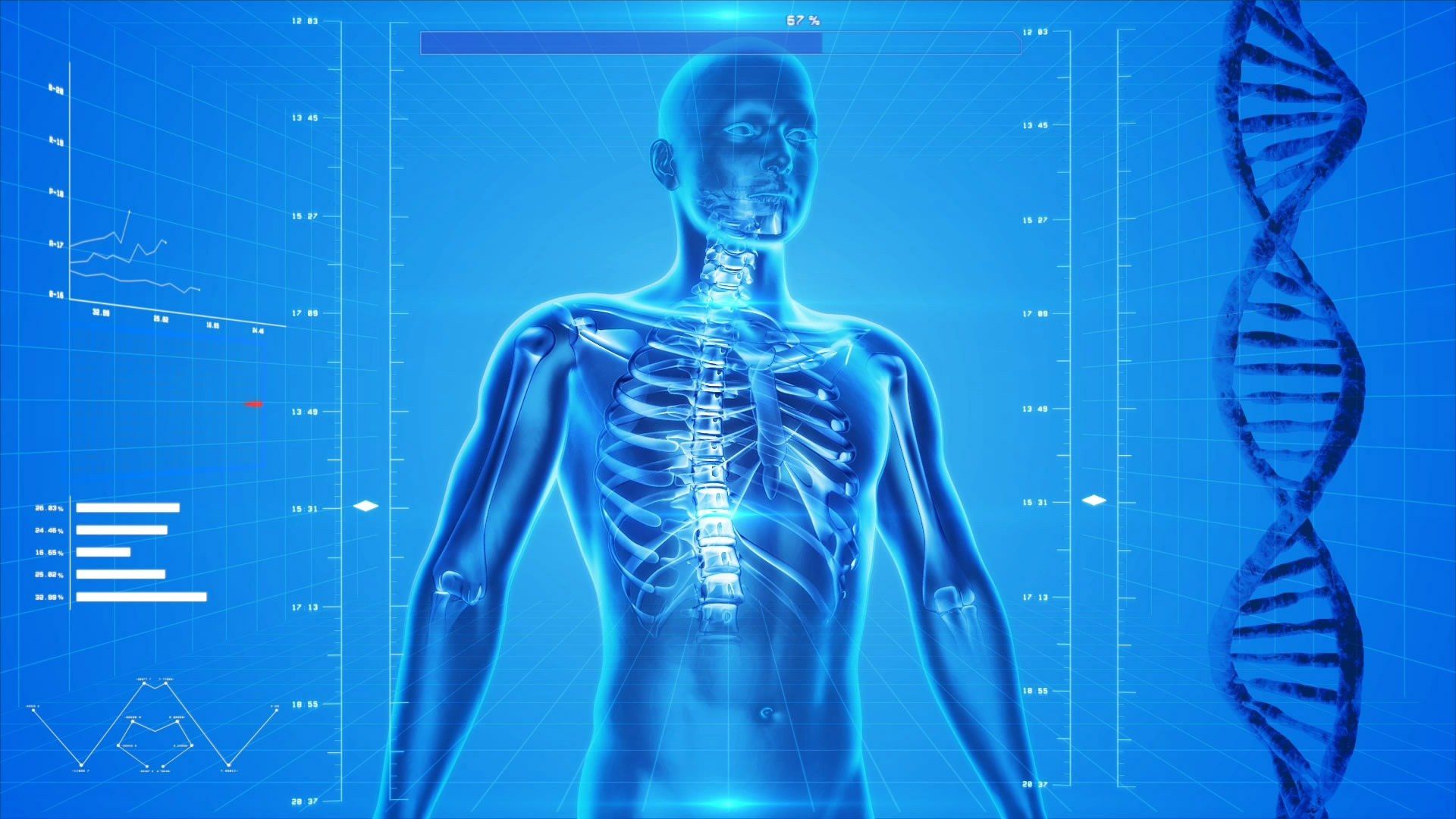
4. AI Aiding Paralyzed Patients Regain Movement
Intelligent spine technology- Intel and Brown University started a DURPA-funded artificial spinal cord project. It aimed to use artificial technology to restore movement and control over the bladder for paralyzed patients.
PROCEDURE: It’s a two-year program in which scientists record sensory and motor signals from the spinal cord. They will use artificial intelligence to learn the stimulation process of the post-injury site to communicate signals. Near Brown University, surgeons at Rhode Island Hospital will implant electrode arrays on both sides of affected nerves to communicate in real-time. The scientists will use Intel AI open-source software (nGraph) and AI accelerator hardware to meet the system's requirements in real-time.
EFFICIENCY: According to an assistant professor of engineering, David Borton, it is an inventive step where spinal circuits are created around the injury that may lead to other exceptional research. It becomes possible due to the combined effort of Intel (AI hardware and software developer) and University researchers. It is not only an implant science but a great application of medical research on AI and ML in critical healthcare fields.
5. AI in Regaining the Sense of Touch
Can quadriplegics feel touch? Ian Burkhart lost control over his hands and legs due to a spinal cord injury in 2010 after an ocean diving accident. According to the research, he gained his sense of touch because of AI and brain implants. The researchers placed a chip on the surface of Ian’s motor cortex in 2014 without knowing that the signals could be observed or not due to paralysis. Analysis showed that sub-perceptual touch affected Burkhart's motor cortex, followed by severe spinal cord injury, and essentially blocked the nerves in his arm and their connection to the brain. This sub-perceptual signal can be detected and rerouted through BCI (brain-computer interface) and then returned to a wearable system to restore touch sensitivity. In 2016, after six years of Ian Burkhart accident, he started moving his fingers by controlling his thoughts to avoid interruption in BCI. In the same year, another case was reported where a man was paralyzed from the waist down and could move his leg physically via an exceptional procedure at Kentucky Spinal Cord Injury Research Center (SCIRC).
PROCEDURE: The researchers used a neural bypass that reconnected mental commands of the patient with his movement responsive muscles in his limbs. Their custom-built system used machine learning algorithms to pick up signals from brain talk and translate them to control a flexible arm sleeve. They created a synthetic nervous system with which he could control individual fingers movement, grasp objects, play guitar hero, and swipe credit cards. They implanted a microelectrode array in his brain for the working of neural bypass. The implant was responsible for picking up activity in a specified area of his left motor cortex. The researchers used the fMRI technique (functional magnetic resonance imaging) to track his brain activity based on blood flow. They spotted his brain area while he was thinking continually about moving his hand.
EFFICIENCY: The researchers should fine-tune the system to make it work at exceptional speed. Further, make it adaptable for other patients with paralysis. It should also work out of the clinical settings.

6. Assistive Gadgets for Quadriplegics
AI-powered solutions are getting popular among medical institutes as these are playing a central role in serving humankind. Here, looks at a handful of the most innovative and unique communication devices for paralyzed patients and how they are comforting them.
6.1. Mind Reading Exoskeleton
Details of this mind-reading exoskeleton were published in the neurology journal The Lancet in 2019.
Thibault was paralyzed in 2015 after falling from a height of 15 meters and couldn’t move his legs and arms. The researchers place implants surgically inside his head to read his brain activity. Sixty-four electrodes were on each implant to read and beam instructions to a computer that controls the functioning of the exoskeleton in return. However, this project needs further attention to make it useable even outside the lab. There is high potential to refine this technology as the system gives only 350 milliseconds to go out of the waking thought, and it becomes difficult to manage it. It means that only 32 electrodes of this spinal cord injury adaptive equipment are functional (out of 64). The French scientists still can improve the system by using more powerful intelligent systems and computers to interpret the brain for more extended periods.
6.2. Tecla-e
The advanced version of Tecla is an assistive device for quadriplegic patients to connect with intelligent devices, including smartphones, laptops, and innovative home technology like thermostats and lighting. Its app allows users to connect with eight different intelligent devices and switch between them easily. However, it needs a WIFI connection and an Android or iOS App for configuration. Komodo OpenLab said that it's their latest product that is available at a reasonable price. It works 48 hours without charging, and the remote monitoring feature allows care-taking members to check on Tecla-e users.
6.3. Tongue-Controlled Quadriplegic Wheelchair
A study was published in the Science Translational Medicine Journal regarding using the tongue to move a wheelchair. A study conducted in the clinic demonstrated that the wheelchair user got more independence because of its tongue with a magnetic stud. The users can now execute commands quicker than ever with the wheelchair for quadriplegic patients. It comes with a headset for the detection of any changes in a magnetic field. It consequently sends information to an app, which executes the command depending on tongue position. The co-other of the study, Joy Bruce, said that after the successful trial of the study, everybody preferred to replace their present assistive technology with this tough-drive system.
It is reported that 11 tetraplegic people who used this technology performed tasks three times faster than patients using sip-and-puff technology.
6.4. Eye-Tracking / Gaze Interaction Based Technology
“Samsung Electronics” and “Tobii Technology“ are working harder to develop eye-tracking devices for paralyzed patients. Eyecan+ is another version of an eye mouse that helps paralyzed people compose and edit their documents. Further, they can browse the internet by using their eye movement. It consists of a box that resides below a monitor. Samsung company will produce a massive quantity of Eyecan+ to donate to a charity organization to better society with diseases like Locked-in Syndrome (LIS) and Lou Gehrig’s disease (ALS). The user stays 60 to 70 centimeters away from the monitor for its exemplary operation. The user only looks at the item and blink if he wants to select it. By precisely tracking eye position and blinking, the product enabled quadriplegic users to perform multiple tasks, including sending emails, making calls, and playing games on PCs. Tobii Dynavox, a Swedish company, is a famous manufacturer of eye-tracking devices. Microsoft also launched its eye control software in 2017 for windows10 users to type with an onscreen keyboard and control mouse pointer.
6.5. Voice Recognition Devices
Voice dictation technology is one of the best ways of writing documents and sending emails, even without a mouse or keyboard. Voice-activated phones for people with quadriplegia helped them connect with their loved ones in real-time. Speech recognition technology can take complete control of a computer, including mouse clicks, moving a cursor, and printing documents. Excitingly, people with dyslexia and quadriplegia can independently operate several electronic devices like an average person typing on a computer. Nuance Communication company claims that its Dragon Speech Recognition Technology is a leading software among other competitive technologies. Its latest version comes in 8 different languages and is compatible with both Mac and Windows users.
